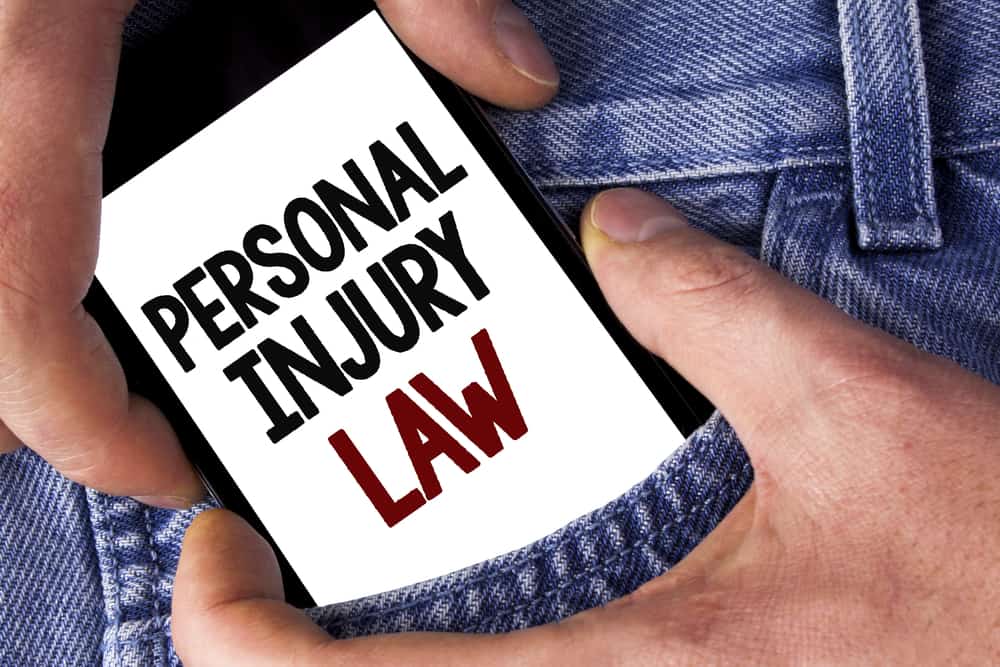The eagerly awaited Personal Injuries Guidelines in Ireland are part of the Government’s Action Plan on Insurance. These were adopted by the Judicial Council on Saturday, 6 March 2021. The guidelines were implemented to achieve greater consistency in awards and reduce the damages in personal injury cases.
The guidelines are replacing the Book of Quantum in 2004 (last updated in 2016) and are a significant step toward quantifying damages in personal injury claims. In addition, they are covering a broader range of claims, including new categories of injuries and encompassing injuries experienced as a result of medical treatment.
Applying the new guidelines
When assessing a new personal injury case, the courts are now required to consider the guidelines. Courts may only depart from these measures where they are justified and must explain their reasoning in the judgment.
For cases already before the court, judges don’t need to apply the guidelines. The new guidelines have been met with some apprehension by legal professionals and judges. The Department of Justice is set to report on the impact of the guidelines by December 2021 and review them every three years.
Most categories of personal injury face reduced awards
In most categories, the levels of awards for personal injury are reduced. This is expected mostly in lower-scale personal injury claims. The result, a significant reduction in the cost of insurance.
According to the guidelines, the damages awarded must be comparable with the injuries sustained. However, if there are critical injuries, there is an increase in the highest award for general damages from €500,000 to €550,000.
Added personal injury categories
The introduction of new categories of injuries not previously included in the Book of Quantum is significant for medical lawsuits. Several of these new injuries result from medical treatments, and courts are required to take the relevant categories into account when awarding damages. This can mean better consistency for cases that involve certain facets of medical negligence. Depending on the level, minor or severe, damages are awarded based on a scale. Factors that judges must consider when determining the severity of the injury include the impact of the work, its interference on the quality of life, and the plaintiff’s age.
Reducing life expectancy
Sometimes, an injured party remains alive but claims for a reduced life expectancy. Here again, the guidelines set the relevant factors the court must consider and the maximum to be awarded. Again, reference is made to undiagnosed cancers, and the compensation awarded can be for pain, loss of life, and suffering due to the injury itself.
Injuries to the reproductive system
The guidelines also govern reproductive system damages in both males and females. Factors the courts must consider include the fertility of the woman, any interference with sexual function, psychological damage, impact on personal relationships, hormonal function, and menopause. Here, the number of damages for infertility claims also depends on the context of the injury, e.g., whether the person already has children.
Psychiatric damage is a new category
Not all psychiatric damage is liable for compensation, but awards are included for several levels of general psychiatric damages and depression. Additionally, compensation for PSTD depends on whether it is minor or severe.
What to do about it?
These guidelines are adaptable to medical claims, but these new injury categories present a two-fold effect. First, according to legal professionals, only a modest number of cases completely fall into the scope of the guidelines and might benefit from the consistency offered. Second, however, they feel that for most cases where the guidelines do not fully cover multi-layered claims, the courts and legal practitioners may be unable to value a claim.
Unfortunately, medical negligence litigation is complex to value because of the nature of the injuries. In addition, the plaintiffs often already have existing health issues. This type of difficulty often resulted in the Personal Injuries Board not being able to assess some cases. Time will show how these new guidelines will impact multifaceted claims.
Conclusion
So far, the guidelines appear to have had an impact. The percentage of awards has fallen to lower levels than the previous year, a drop that is hoped to lower insurance premiums for consumers. Something that is also expected to enhance competition in the Irish insurance market.


